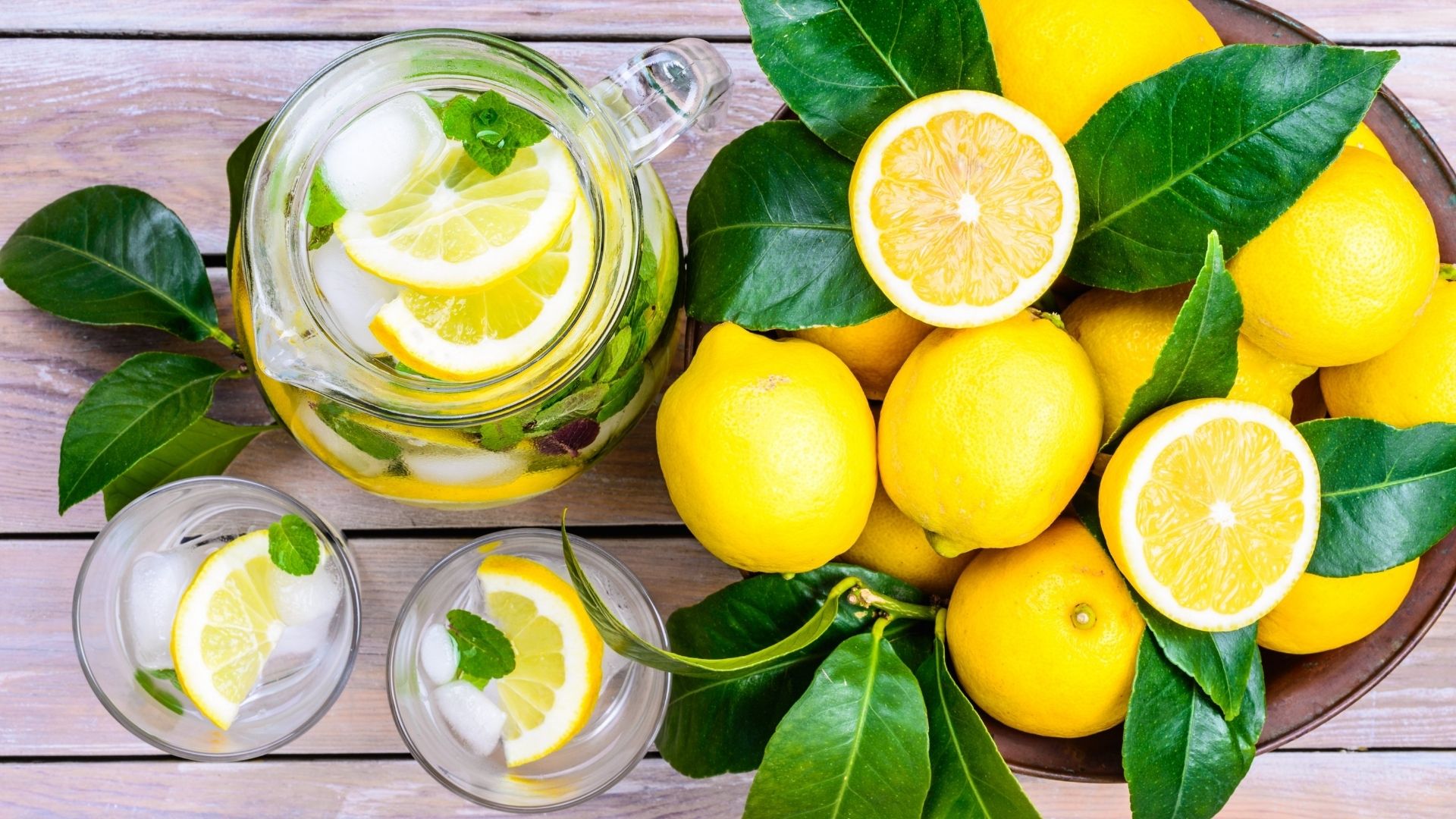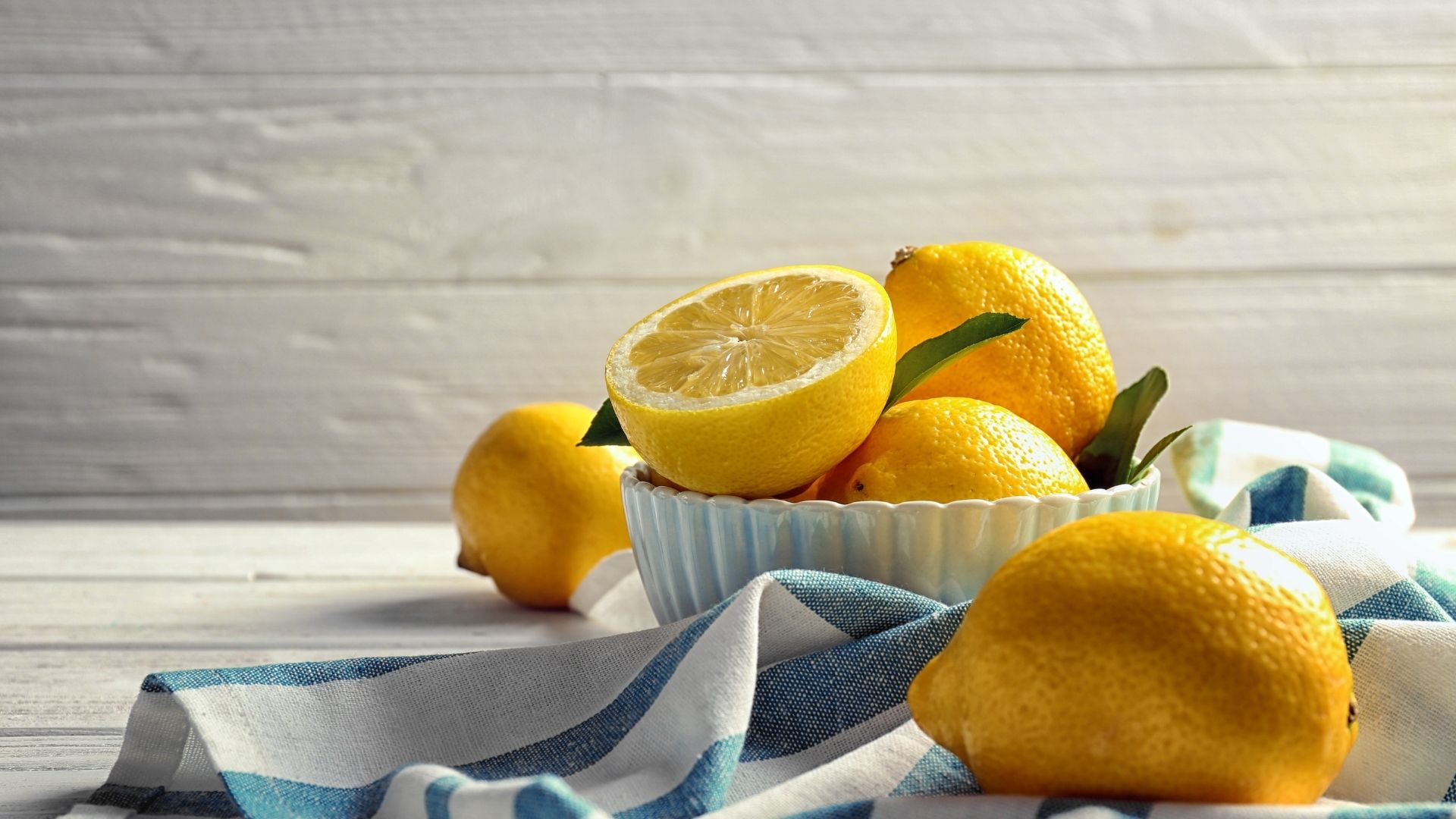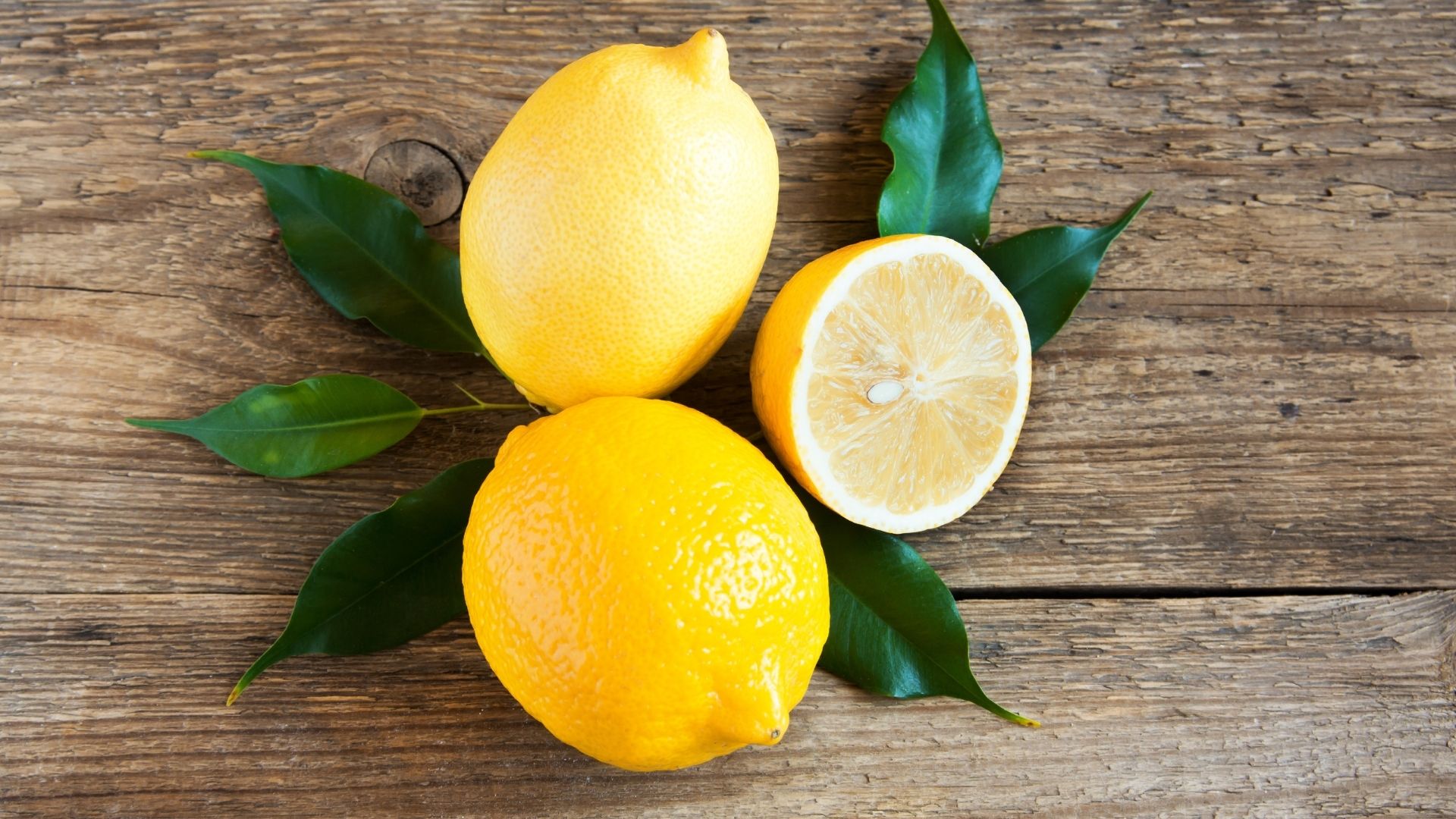The versatile culinary and medicinal herb is noted for its intense citrus aroma. Learn more about lemon balm here.

Whether it’s used to season salads, sauces, jams and beverages or as a classy garnish for all manner of desserts, lemon balm adds a fresh lemony note to dishes and drinks, and looks great visually. But not just that – lemon balm is also one of the major medicinal herbs. Read on to discover which medical conditions the fruity herb can help with, how you can easily grow lemon balm at home, as well as lots more exciting facts about this lemony all-rounder.
Lemon balm originally comes from the eastern Mediterranean region, however it is now cultivated in all of the warmer areas of Europe. It goes by various names such as melissa, bee balm, common balm or sweet balm, but in each case refers to the herbaceous culinary and medicinal plant which grows up to one metre in height and belongs to the mint family. Lemon balm can still frequently be found in monastery gardens. The yellowy white flowers were great for attracting bees which meant that growing it close to beehives became extremely popular. Many bee-keepers still use lemon balm today to attract queens in order to create new beehives. This feature of lemon balm is also reflected in one of its alternative names. “Melissa” comes from the Greek and translates as “honey bee”.
Use as a medicinal herb
Lemon balm has been used as a medicinal herb for over 2000 years. Back in the ancient times and still today the fruity herb is most often used for problems such as sleep disorders, anxiety and tension. However, lemon balm can also be used as a remedy for gastrointestinal problems, coughs and sneezes and inflammation. Its positive effects are due to the large number of essential oils it contains, in particular citral, geranial, neral and citronellal. The tannins and bitter compounds such as rosmarinic and caffeic acid also have an important role to play.
The medicinal herb may be administered, for example, purely in dried form, as a bath additive or in high concentrations as a tincture. Brewing a lemon balm tea is particularly popular. For this you simply pour approximately 200 ml of hot water over five freshly chopped leaves. However, be sure that the water is not boiling as this is the only way to retain the active healing ingredients. Next cover and leave to brew for five to ten minutes. Finally, you just need to pour away the leaves and enjoy the healing qualities of the tea. You can add honey if you prefer it a little sweeter.

Uses in the kitchen
The plant not only impresses in terms of its health benefits but also in the kitchen thanks to its lemony flavour. For example, the mild citrus note is perfect for sweet food and desserts but can also add that final touch to salads and fish and meat dishes. In the case of warm meals, make sure the lemon balm is not added until right at the end. The reason for this is to avoid losing the unique aroma from overcooking. Lemon balm is ideally suited for combining with all kinds of other herbs from your garden at home. You can really indulge any desire for trying out new things in this case.
Growing, purchasing and storage
Still have some space in your vegetable patch? If so, then why not simply grow this fresh all-rounder yourself at home! The plant grows best in sunny to partially shady locations. You can plant it straight into your vegetable patch or even in a pot. In this case, however, frequent repotting may be necessary as lemon balm grows very quickly. Younger plants require regular watering, while rainwater is sufficient for more established lemon balm. Furthermore, lemon balm is hardy and therefore doesn’t require any specific protection over the colder months. The harvesting period is from July to October. Here’s a little tip: the leaves are at their most aromatic just before the plant blossoms!
If you’re not in a position to grow your own herbs, or perhaps you just don’t have green fingers, then most supermarkets should provide you with what you need. Lemon balm can generally be bought in pots. In this case storage is really easy. Simply place the pot in a warm location and with a bit of luck, the aromatic plant will serve you well for some time to come. When you’re shopping, look out for fresh, juicy leaves with no signs of withering.
And for those seeking to enjoy the lemony herb all year round, we have a really great tip. Fill an ice cube tray with water and add a few chopped leaves of lemon balm to each segment. Then leave the whole thing in your Liebherr freezer for a while. You’ll then have something really eye-catching to use in drinks at the next party. Have fun giving it a go!

#liebherr, #lemon_balm, #melissa, #bee_balm, #common_balm, #sweet_balm, #mint_family, #medicinal_herb, #sleep_disorders, #essential_oils, #tea, #fresh, #lemony, #herbs, #vegetable_patch
